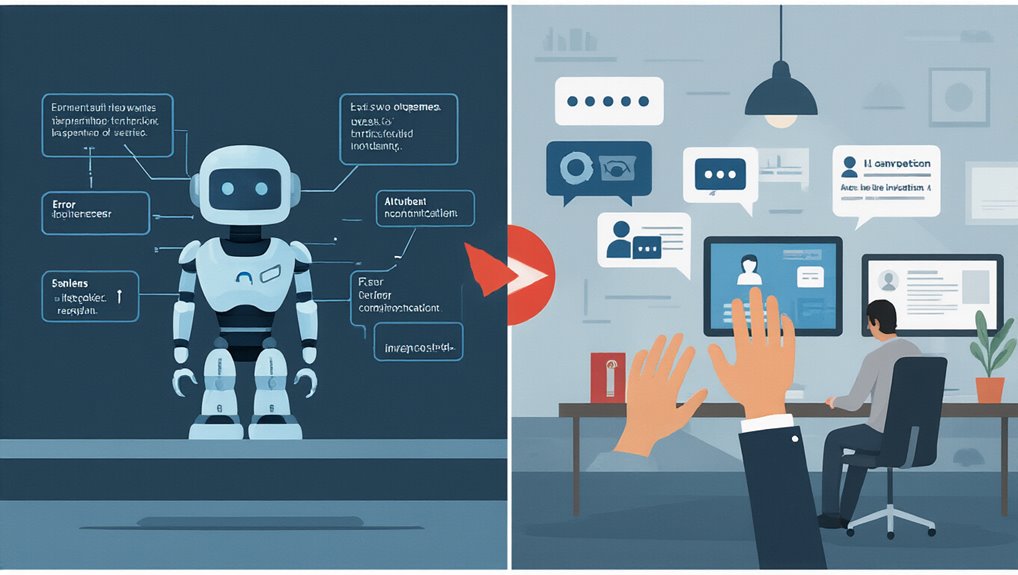Why do so many IT Service Management implementations end up disappointing organizations despite significant investments? The answer lies in a perfect storm of challenges that plague traditional approaches.
Project scope creep affects 52% of ITSM initiatives, with organizations often attempting too much too quickly—like implementing 12 processes in 12 months. This uncontrolled expansion leads to overspending and resource exhaustion when features multiply without corresponding adjustments to budgets or timelines.
Data quality issues compound these problems. Poor data management creates a cascade of consequences: increased downtime, redundant work, and higher operational costs. Many organizations struggle with duplicate records, inconsistent formatting, and incomplete information.
As data volumes grow, these challenges intensify, undermining automation efforts and eroding trust in the system.
Limited visibility across IT infrastructure creates blind spots that delay issue detection. Siloed departments operate in isolation, with fragmented tools and disconnected data sources complicating process execution.
Configuration Management Databases often fail to integrate effectively with other ITSM processes, leaving teams with incomplete context during incident management.
Legacy ITSM tools simply cannot meet evolving business needs. Traditional frameworks—designed for on-premise server environments—introduce friction in today’s digital landscape.
Modern employees expect conversational support integrated into platforms like Slack or Teams, not cumbersome ticket portals. Organizations that fail to adopt AI-driven solutions miss critical opportunities for automation and efficiency gains.
Skill gaps further exacerbate these issues. Underinvestment in continuous training leaves IT staff unprepared for modern challenges.
Key roles often lack proper resources, while poor onboarding reduces adoption effectiveness. With only about 30% of digital transformation projects reaching their intended goals due to inadequate training, the talent shortages hamper governance, strategic planning, and execution.
Traditional ITSM frameworks struggle with remote and hybrid work environments, as they were primarily designed for office-based employees, creating significant support limitations for today’s distributed workforce.
Organizations increasingly turn to IT outsourcing as a strategic solution to overcome traditional ITSM limitations while achieving 20-40% operational cost savings.
To overcome these challenges, organizations must shift toward scalable, future-ready IT support models that prioritize:
- Realistic scope planning with clear boundaries
- Robust data governance practices
- Integrated visibility across systems
- AI-enhanced automation capabilities
- Continuous skills development
This evolution from rigid process-heavy frameworks to adaptable, intelligence-driven support will determine which IT organizations thrive in increasingly complex digital environments.









